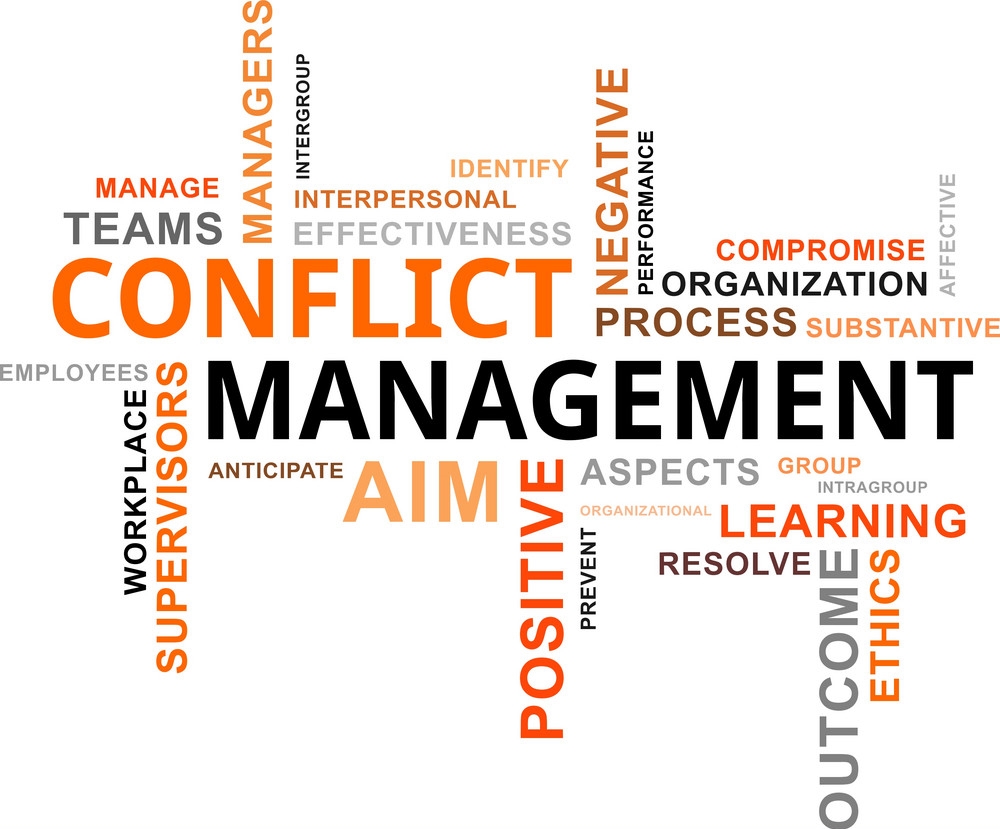As discussed in our previous blog entitled “Conflict management During Audit”, even after taking utmost care, conflicts do happen among auditor and auditee. However rare, but possibility of conflict among the audit team cannot be ruled out. Conflict among auditors normally stem from lack of communication, misunderstanding, misinterpretation, lack of experience, close mindedness etc. Conflict Management among Audit team during Audit is the responsibility of Team leader, however, support from the rest of team members is equally important.
The conflict among audit team may arise due to various reasons. There can be differences of opinion about the interpretation of a requirement and the severity of the finding. The extent and impact of conflict on the team depends on how members respond to it.
Conflict management can be done by adopting any or combination of following methodologies:
- Avoiding: As it is said that “Prevention is better than cure”. Similarly best way to resolve a conflict is to take steps to prevent conflict occurrence. Avoiding an issue or a person is not an option if the conflict is relevant to the audit. If the conflict is a non-audit issue, avoiding the conflict allows everyone to save face, but the conflict goes unresolved. This technique can be used only if postponing the conflict is not going to impact the process or the outcome of the audit.
- Compromising: This method aims to find an expedient, mutually acceptable solution that partially satisfies both parties in the conflict while maintaining some assertiveness and cooperativeness. Compromise can result in no one getting what they wanted. For example, in case two auditors have an issue regarding citing of clause number of an audit observation, then compromise can be done to include both the cluse numbers. However, an avoidable compromise is to remove that particular observation from the audit report.
- Collaborating: This method is a combination of assertion and cooperation and those who collaborates tries to find a solution which is mutually agreeable and acceptable to all. It is a win – win approach. Tactics include stating the problem, identifying core issues, and listening to each other. The basis is that given the same facts, two reasonable people will come to the same conclusion. Collaboration should be used when resolution of the conflict is very important and there is sufficient time to explore rational and alternate solutions. This works best when the long-term relationship and outcome are important.

- Smoothing over: This method may be adopted if the issue is minor or irresolvable. Those in conflict should focus on what they agree on instead of what they disagree on. Trying to address the conflict may detract from the effectiveness of the audit team.
- Competing or Forcing: This situation requires assertion but non – cooperation. Forcing someone to accept an opinion or overpowering him or her is not good practice unless it remains the only course of action to ensure a successful audit. In some situations, a quick decision is needed and there is no time for investigating and evaluating the issue. The “my way or the highway” approach can lead to resentment and detract from team effectiveness. The lead auditor should consider all inputs before making a final decision. However, this technique weakens the relationship among the team members.
- Accommodating: This method includes an element of self-sacrifice when accommodating to satisfy the other person. While it may seem generous, it could take advantage of the weak and cause resentment.
Within the audit team, the team leader may establish ground rules for communication, interaction, and performance of team members prior to the audit. The audit team may reduce conflict during the audit by eliminating misunderstandings, remaining open-minded and flexible during the audit process.
In assessing their response to conflict, auditors should ask themselves two questions.
First, how important is the opinion, goal, or perspective under discussion?
Second, how important is it to maintain good relationships with the people involved in the conflict?
In upcoming articles, we shall be discussing in detail about communication including interviewing techniques and presentations.
Stay tuned!
Reference: ISO19011:2018

.png
)
